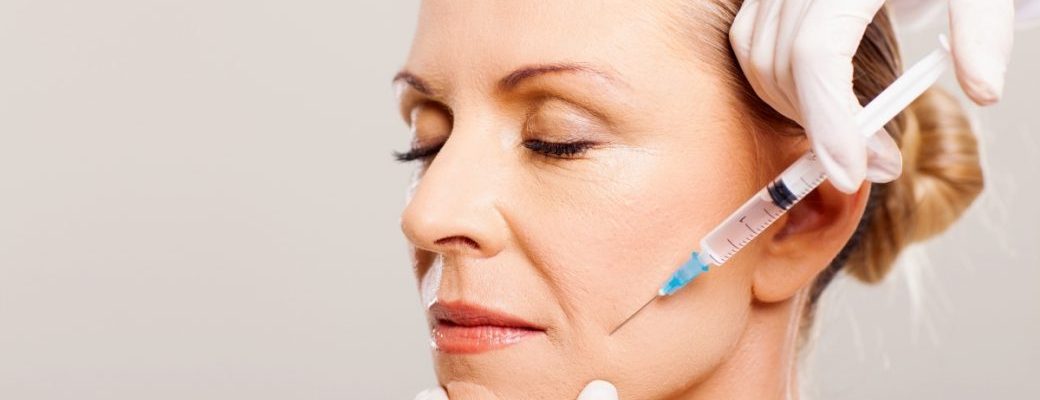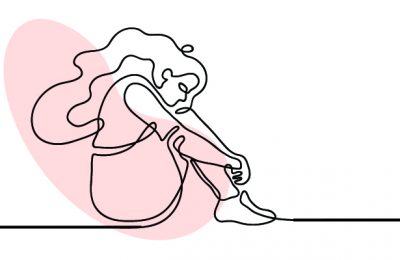How can spa operators perk up their client loyalty through retail programs? We asked five experts.
Commoditization of medical cosmetic treatments
Commoditization of medical cosmetic treatments has brought medical procedures into everyday environments like spas, hair salons and “medi spas” popping up on every street corner – even, soon enough, in your local drug store. Having been in the medical cosmetic industry for over 18 years and having seen how high the standards were in the past, it is with regret that I see what has now become the norm. The commoditization of medical cosmetic treatments (such as Botox, dermal fillers such as Juvederm and Restylane, and laser treatments) was inevitable and predictable. It is extremely worrisome now to foresee the serious problems which likely will occur at an increasing rate due to the readily available access and the nonchalant attitude the public now holds for these medical procedures. In this article, I will explore why commoditization has occurred and why recognizing this trend is crucial to preventing it from continuing at an even greater pace.
Why has commoditization occurred? What was previously deemed medical treatments, limited to physician offices and clinics, now has become mainstream largely due to the internet and social media. The internet and social media are not as regulated as TV, print, and traditional media sources of the past. Consumers have now become so familiar with these procedures, presented to them in an unregulated fashion, that they feel they are now educated and comfortable with the information they have gained on the internet. With familiarity comes comfort and with comfort comes higher demand. A higher demand leads to more providers coming into the market. As a result, there are various levels of providers and clinics now easily available.
Unfortunately, the regulations are not as clear as some professionals would like and it opens the door to interpretation of who is qualified to provide these medical treatments and under what supervision, circumstance and environment. Furthermore, we are no longer clear of who the regulators are of this rapidly expanding industry. It used to be that only physicians were providing these medical treatments. Now, however, there are physicians, nurses, aestheticians, and business owners who provide these services in a haphazard manner. So is it the College of Physicians and Surgeons (CPSO) or the College of Nurses or Health Canada who are the regulators? Is it the public themselves that should make their own choice, those who demand greater access and lower prices? We also no longer know what the regulations are, seemingly now open to interpretation. So how can regulations be enforced when it is all so gray and the public is wanting to believe that having Botox or filler injections or laser treatments are simple and without risk?
The public’s lack of awareness of the risks of medical cosmetic treatments is one of the main reasons that commoditization has occurred and the industry is booming. They no longer heed their sense of trepidation, rather they are convinced by the internet and social media that these procedures are so simple, safe and instantaneous. They no longer feel the need to seek a physician’s consultation. They feel educated enough by the information they obtain on Google, Instagram, Facebook, and WeChat (a popular Chinese social media channel). Sadly, these internet resources are now the main source of information for most consumers.
Many people now make their decision of where to get their cosmetic treatments done by researching on the internet. However, that is neither the safest nor the suggested way of how to choose a medical professional. It seems as if a popular blogger says a certain place is safe and good, then it must be so. If a nurse or physician or aesthetician does a YouTube video showing his/her skill to thousands of people and says they are “the best,” then it must be so. There is no validation of these self-made claims and therefore, the public can be swayed without restrictions. That is what we have to deal with when we try to educate the public. We are battling the lack of censorship on the internet. Showing private medical treatments on YouTube and exploiting this lack of censorship has now become the norm. It is almost futile at this point to try to validate the information available on the internet.
What is even more distressing is that injectors are now learning techniques on the internet by watching videos of others who are indiscriminately posting videos to gain notoriety. Discussions of risk are seldom entertained when demonstrating these potentially harmful procedures. Education in anatomy is certainly not taught. Novices can mistakenly copy what they have “learned” on YouTube and then put the public at risk by practicing these techniques. They may even be stimulated to do their own videos once they too feel they are now experts. It is a dangerous practice to “see one, do one, teach one”; especially when the credentials of the teacher are in question.
CPSO places many restrictions on physicians so it is difficult for physicians to educate the public except in our own treatment rooms. How can we reach the public when we are outnumbered by the vast expanse of unregulated internet channels? Unless we too resort to bombarding the internet and paying for clicks, it becomes almost impossible to have a voice. As physicians, we often still educate just one patient at a time as clients come into our office for private consultation. It is a slower process by far compared to utilizing the speed of the internet.
The CPSO is trying to regulate physicians to help to protect the public but that is not always enough, partly because there is often no physician involved or no named physician. Some businesses, clinics, and Medi spas are not exposing the name of their medical director and some clinics may not even have one, taking advantage of anonymity from the CPSO. What is worrisome is that these select clinics may not reveal their medical director’s name to patients even if a serious complication has occurred. But shouldn’t it be imperative for each patient to know who will be responsible if there are any complications that occur and how to seek medical help if needed?
Sadly, there are even more extreme conditions that are readily available. Unlicensed practitioners, illegal counterfeit products, and “Botox parties” in someone’s home are unfortunately a reality right now. Any steps towards improving the safety and accessibility of medical cosmetic treatments can be seen as a positive move forward. Perhaps that justification is dependent on the criteria we use to determine what is acceptable vs what is gold standard.
We need to be careful that the public is always aware and protected. The public sometimes doesn’t want to be aware or protected though. They rather turn a blind eye so they can convince themselves that the deal they received was worth the minimally perceived risk. It seems that they unconsciously want to minimize the risks in their own minds to justify their decision to chase the deal. Isn’t it our duty as health care professionals to inform clients/patients of all that is involved and then they can make their own decisions?
It is important to recognize the significance of commoditization of medical cosmetic treatments. The public is at risk if we lose sight that this is a medical treatment and clients can easily become patients when there is a medical complication. There is more than meets the eye in this competitive industry. It is a challenging field which relies heavily on the patient-physician relationship, especially when problems occur, as they always do at one time or another. Complications are a risk when you do injectable treatments, lasers, and chemical peels. They can be severe and permanent if not treated appropriately and expediently.
Clients should do their own due diligence and choose a professional clinic with a strong reputation for quality treatments, customer service, and experience and expertise in the medical cosmetic field. A customized approach and forming a solid professional, trusting relationship with accountability are also key factors to consider. Unfortunately, as discussed, clients often now make their choice based on a cheaper price, promotions or incentives, convenience, and social media trends. Time will tell what will be the new standard of care.
We are at a turning point now since the big businesses have entered the medical cosmetic market and will certainly soon outnumber the sole physician practitioners. The implications of discussing this issue are vast. But the safety of the public is crucial and we can no longer turn a blind eye to what is inherently becoming a high-risk situation. The public should be aware of the risks of medical cosmetic treatments and then they can make their own informed decision. They not only need to decide if they want to have treatments done, they need to decide where and under what environments and protocols, since medical cosmetic treatments are now so easily accessible in a wide variety of settings.




